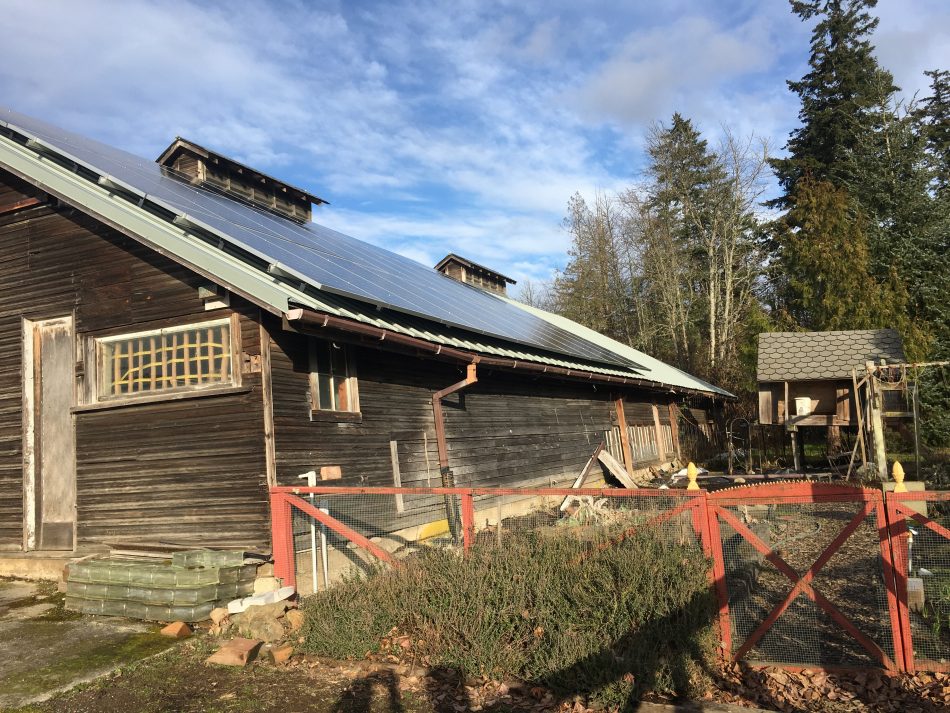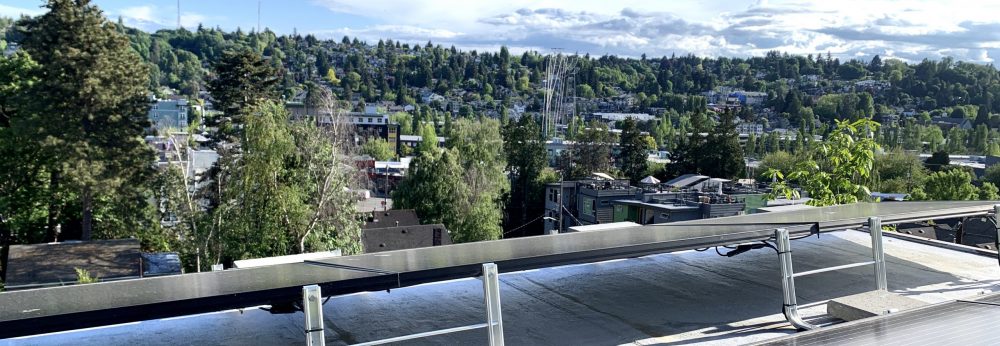There are 800 member-owned electrical co-ops in the USA. 40 million people get their power from an Electric Co-op! Principally in rural areas, these Cooperatives cover 56% of the populated land mass in the 50 states.
Rural Electric Cooperatives began in 1876. They are consumer-owned, non-profit utilities. FDR’s New Deal created work projects in the 1930s and this brought electricity to rural areas. In 1942 the rural electrical co-ops of WA State formed a coalition. To this day the WRECA represent those member co-ops in Olympia.

Ratepayers to the Co-ops are not customers, they are owners. They have a say in the supply of electricity. Lately these member-owners have been interested in local renewables like wind and solar. Grid resiliency and enhanced services are priorities via rural microgrid projects, and deployment of broadband (internet) service.
Sources:
